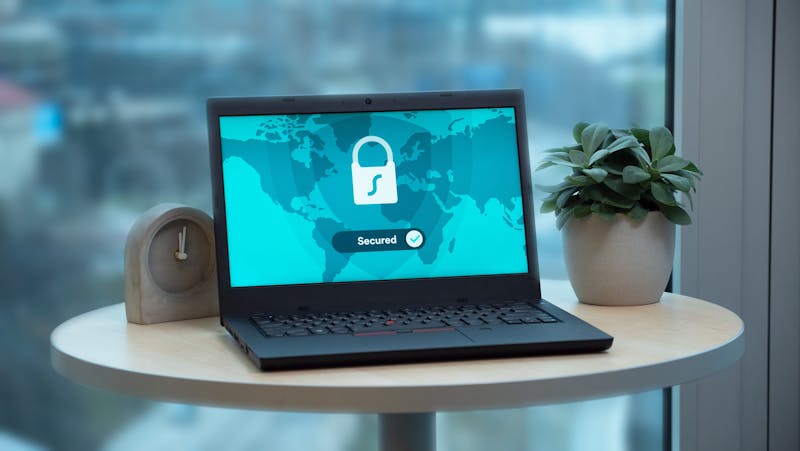Supporting a Remote Workforce Amidst a Pandemic
Work has changed. The pandemic has plunged nearly everyone into a worldwide experiment on remote working. Thousands of organisations suddenly have a home-based workforce to manage and are scrambling to get the infrastructure up, to sometimes deleterious effects. Zoom, a video conferencing app, shot up in popularity seemingly overnight. But experts uncovered worrying security issues, prompting several companies–including Google–to ban it.
But just because work has moved rapidly out of the office doesn’t mean employees can’t effectively carry out mission-critical tasks at home, or that security needs to take a backseat. Many apps allow employees to work as if in the office–from making business calls to holding company-wide town hall meetings.
Here are services that can help businesses adapt to the new, temporary normal in the time of Covid-19.
Stay Connected with VoiP Clients
While chat apps and email are invaluable to work, voice calls are still better in some ways. For instance, there’s no faster way you can get a response from colleagues and customers on the other side of the city, or the country, than by just calling them up.
But that efficiency falls through when you work from home. Not every employee can make unlimited mobile phone calls through their personal plans. Handsets at home also can’t switch between callers, or record calls. Some employees may not even have landline telephones at home.
Every employee should have access to the Internet and a smartphone though and that’s all they need to use Voice over Internet Protocol (VoIP), letting them make voice and video calls through the broadband network instead of traditional phone lines. VoIP clients can help employees cope with the increased load, without eating into limited minutes on carrier plans, or requiring specialised handsets.
Here are some notable apps that you can start setting up today:
- RingCentral: RingCentral is a VoIP with a mobile version for Android and iOS. On top of making calls, it also allows users to host conference calls and receive and send SMS and faxes.
- Swytch: Swytch is a UK-based mobile VoIP. An intuitive admin dashboard lets you manage all the numbers used by your team.
- Grasshopper: Grasshopper features an intuitive call forwarding system, so no call goes unanswered. Both mobile and desktop apps prominently feature your call history, so you know when to follow up on leads, or ring back contacts you might have missed.
Touch Base and Participate with Video Conferencing
Ever since global lockdowns have come into place and physical meetings have ground to a halt, digital conferencing has overnight become the de facto way to check in on employees for team or department meetings or just one to ones. One app in particular, Zoom, has seen its user base skyrocket.
However, the sudden spike also made the platform a very appealing target for criminals. Malicious hackers broke their way into meetings, harassing participants. The abrupt stress test also revealed numerous security gaps that left user data vulnerable.
People flocked to Zoom because of its relatively simple user interface. They also allowed users to host calls for free, as long as the call doesn’t last longer than 40 minutes and participants are kept under 100. You can still find nearly the same functionality, with less of the security risks, through these alternatives:
- Microsoft Teams: Many see the brand and think “paid”. But Microsoft Teams does offer a free tier, even to non-Office 365 subscribers. The free version lets you host video calls for up to 50 people, although only 4 speakers can be shown at any given time.
- Jitsi Meet: Jitsi is a free, open source, web-based program that allows up to 75 people to hop on a call. Aesthetically, it’s similar to Zoom. But unlike the beleaguered platform, Jitsi does not retain any sensitive user information–all data shared is wiped when the call ends.
- Google Hangouts: Although often eclipsed by Microsoft Teams, Hangouts is still a decent video conferencing app for small teams and businesses. The platform allows you to host 25 people at once, showing the 10 most active participants at once. There’s also no time limit.
Expand your Security Net
Many employees have no choice but to access sensitive data on personal devices. It’s a security nightmare, and some companies have even sent entire desktops home with workers in an attempt to stretch their parameters. But not every business can equip employees with work devices.
Yet companies aren’t entirely without recourse. Businesses can bolster their defences through access management and security apps, many of which have been made free for up to 6 months due to the health crisis:
- 1Password: 1Password is a log-in management tool that keeps track of all your passwords so you don’t have to. It keeps employees from saving credentials or noting them down where they can be stolen. It also allows you to monitor and restrict log-in attempts.
- RSA SecurID Access: RSA is a company that sells different security products. One of their most popular is SecurID, a system that generates log-in tokens for access to your servers or remote desktops. The service has been made free for the next 6 months.
- FortiClient VPN: Forticlient’s VPN creates a secure, encrypted way to work with your corporate network over a wide swathe of “endpoint” devices, which are gadgets like phones and laptops.
The apps on our list are just some examples of services you can use to get your remote workforce safely off the ground. But if you’re looking at other choices, it’s best to consider the following factors:
- The free trial fine print. For how long is it free, and for how many users?
- Does it offer end-to-end encryption? Have there been any security issues connected to the app?
- Network and hardware requirements. Can your employees’ devices actually run the app?
Strong communication and security will be the keys to recreating business as usual practices at home. Fortunately, there are plenty of apps built to meet these needs and help your workforce stay afloat in these turbulent times.






